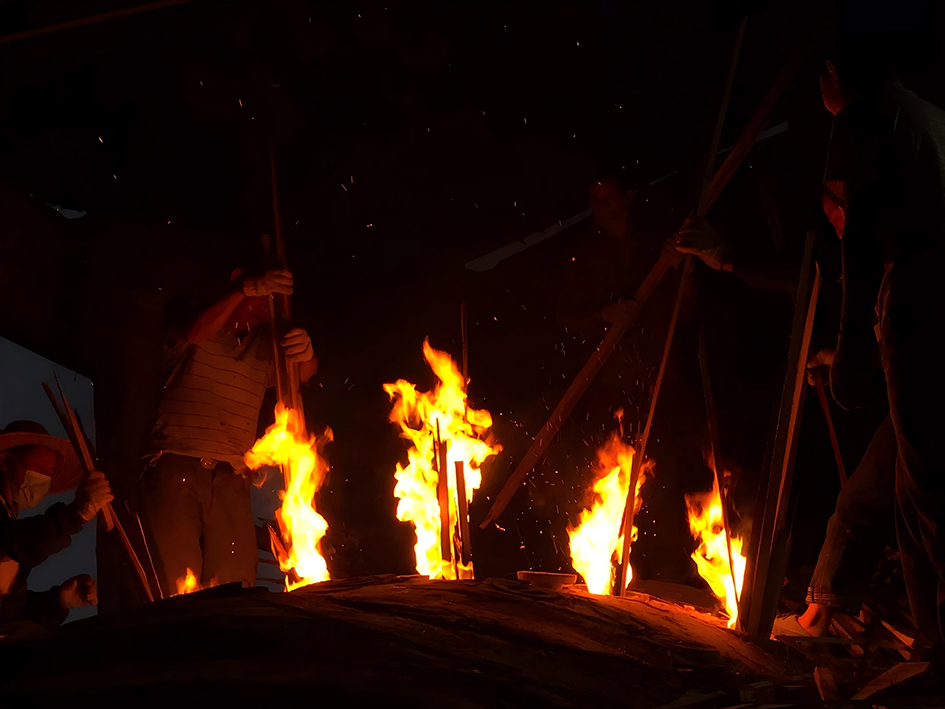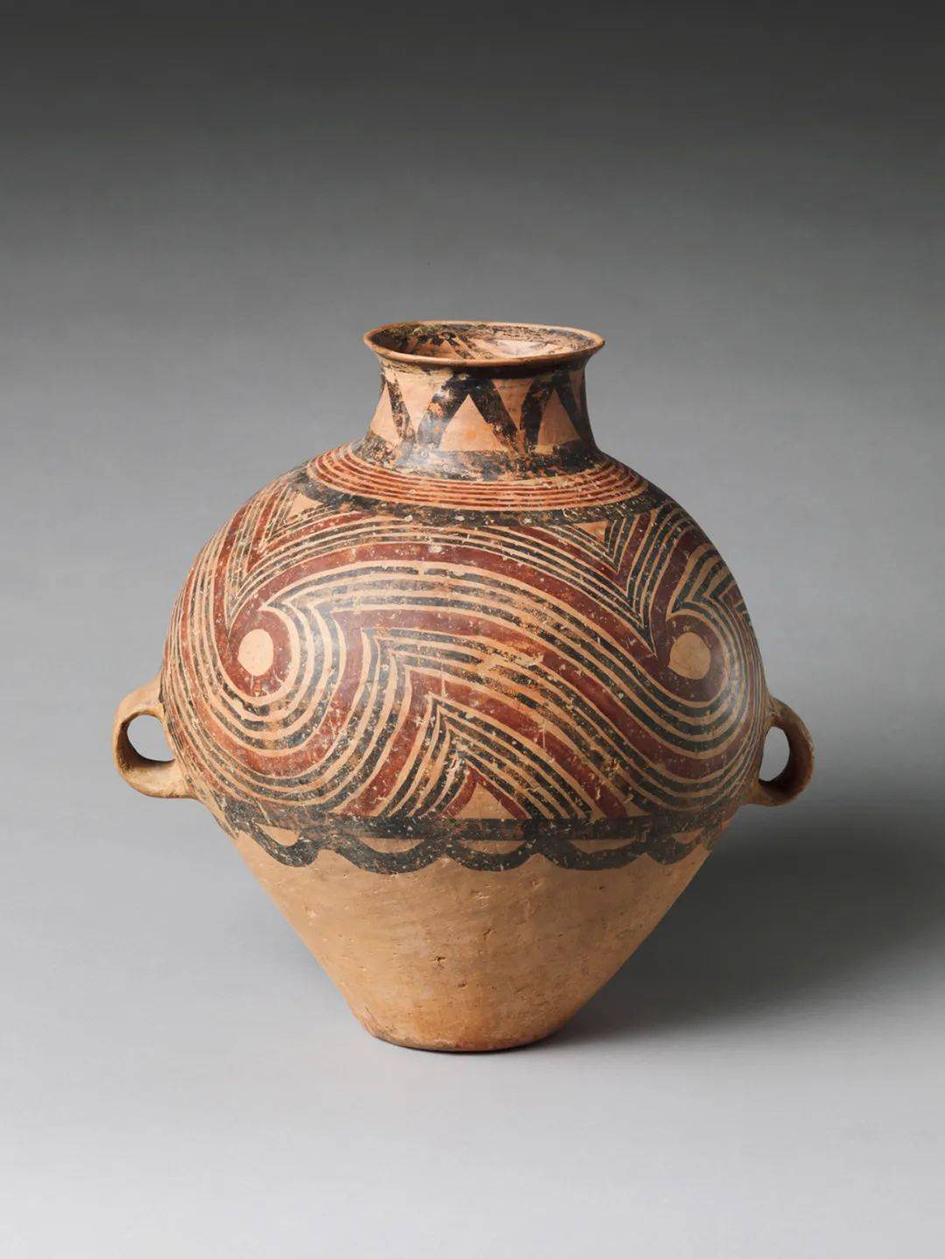
I.Pottery and Porcelains: The "Physiological Differences" of Twin Brothers
Pottery is the earliest man-made treasure, dating back to the Old Stone Age, around 20,000 years ago. It is like a simple country craftsman, made from ordinary clay fired at a low temperature of 800-1200℃.The body is porous and loose, with a high water absorption rate. The surface may be plain or coated with a low-temperature lead glaze (such as Tang Sancai).
Porcelains, on the other hand, are "nobles" born from kaolin fired at a high temperature above 1200℃.Their bodies are as dense as stone, their glaze surface is smooth as a mirror, and they produce a clear and pleasant sound when struck, and can even transmit light. From the primitive porcelains of the Shang Dynasty to the mature celadon of the Eastern Han Dynasty, the birth of porcelains was nearly 20,000 years later than that of pottery, yet they have become the "fifth great invention" China has given to the world.
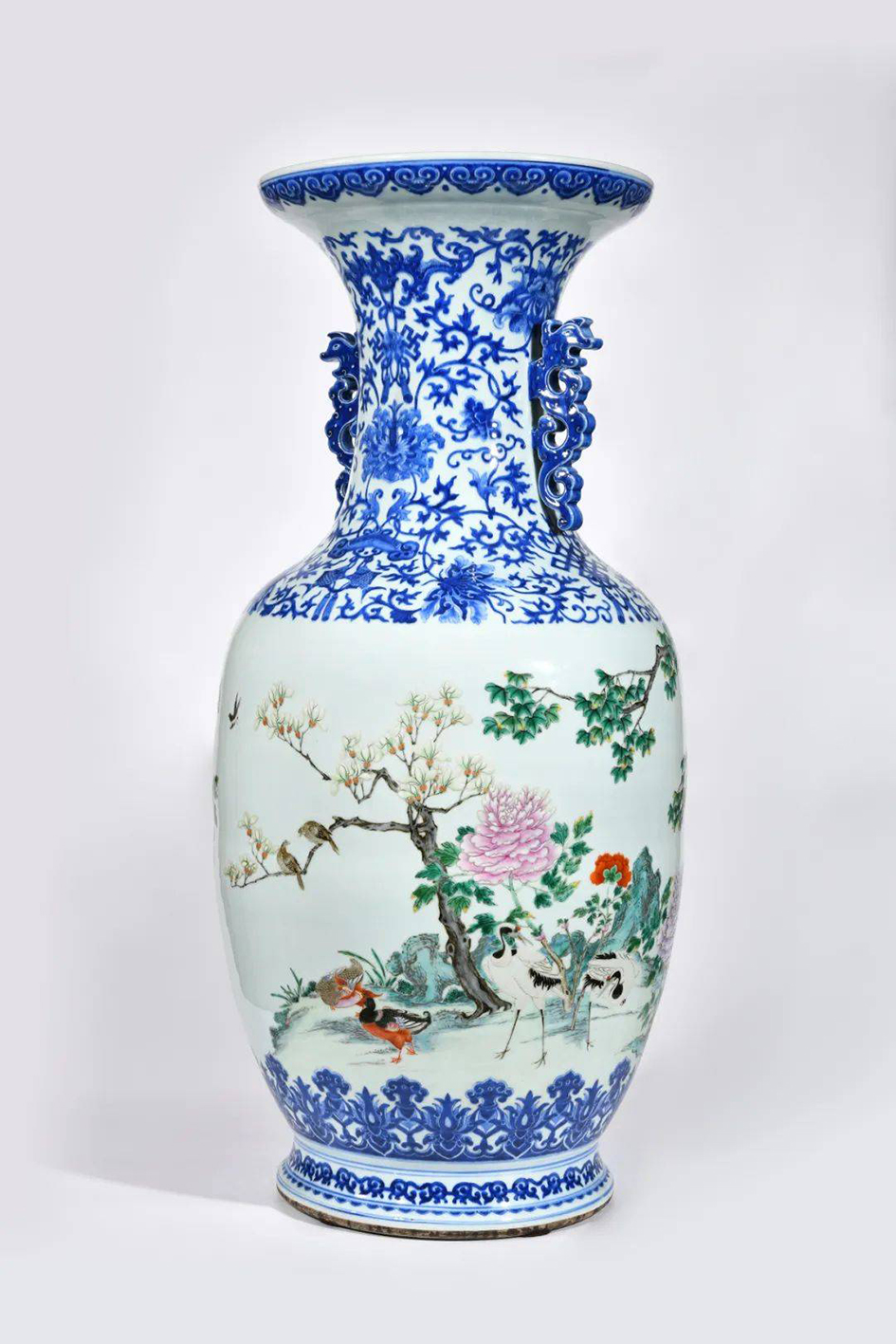
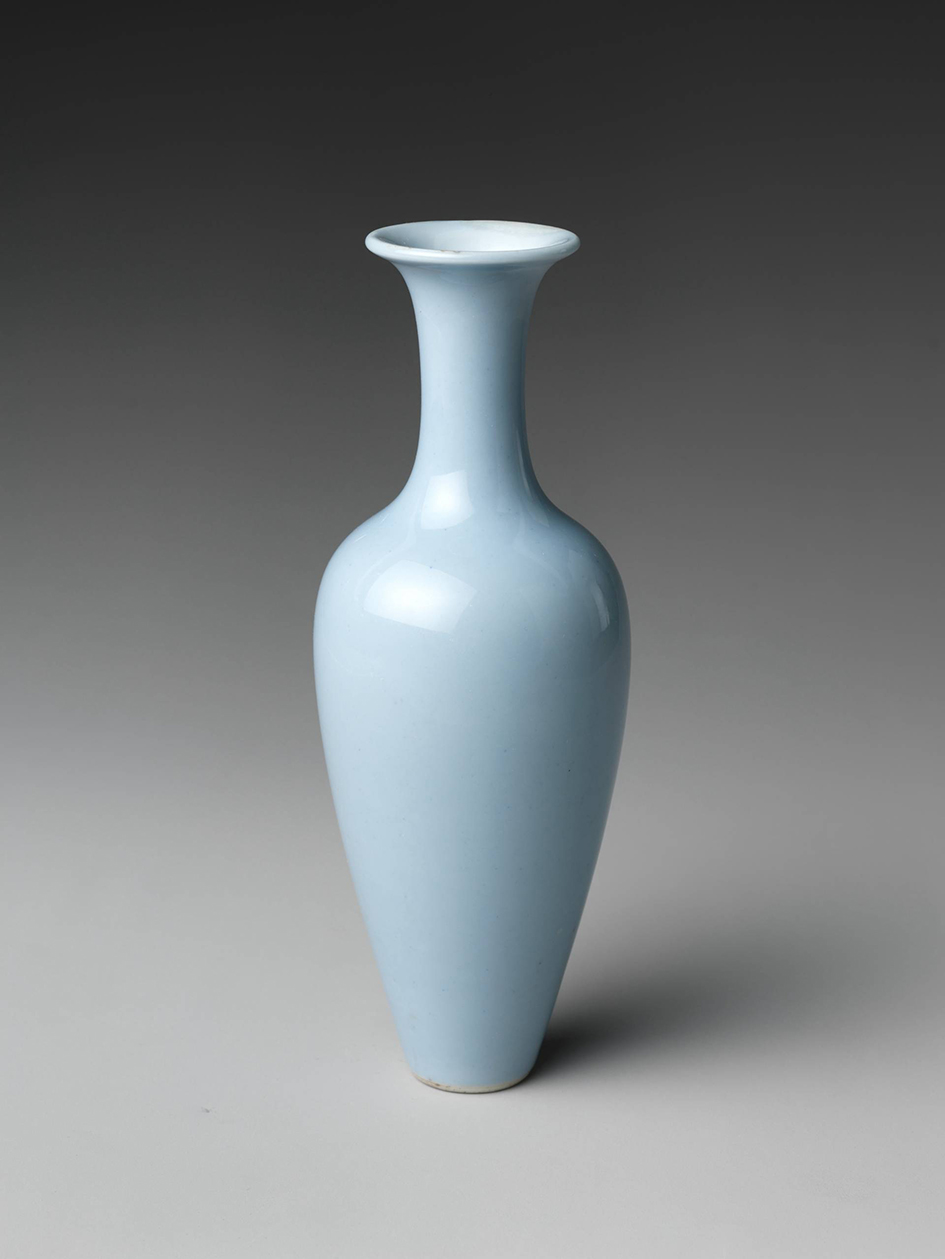
II. Six Fascinating Facts About Ceramics
1.The Cultural Code Behind the Character "瓷" (Porcelain)
• In the Eastern Han Dynasty's Shuowen Jiezi (Explaining and Analyzing Characters), the character "瓷" (porcelain) is derived from "瓦" (tile), implying its connection to pottery.
• The English word "china" originates from porcelains. Jingdezhen, which became famous in the Song Dynasty for firing imperial blue-and-white porcelain, and even more so in the Ming and Qing Dynasties, is known as the "Porcelain Capital of the World."
• Cold Fact:There is a tragic legend in Jingdezhen about "Tong Bin Sacrificing Himself to the Kiln": a kiln worker, in order to fire the dragon jar demanded by the emperor, threw himself into the kiln fire, and ultimately moved the heaven and produced a perfect piece of porcelain.
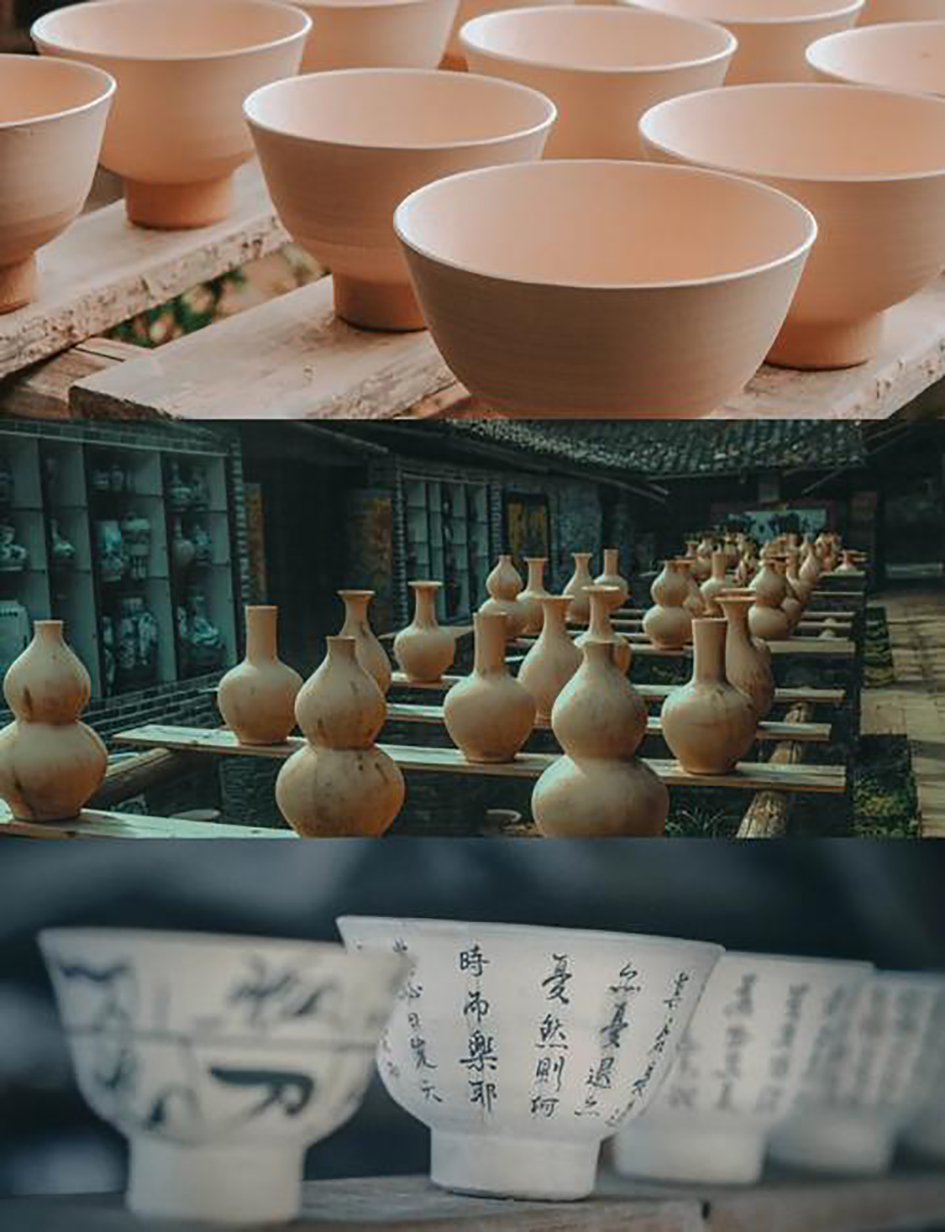
2.Raw Materials Decide the "Fate"
• Pottery is made from secondary clay, which has a high iron content, and the body color is mostly red, gray, or brown. Porcelains are made from primary kaolin, with an iron content of less than 1%, resulting in a white and delicate body.
• Fun Experiment: When pottery and porcelain shards are immersed in water at the same time, the pottery shard absorbs water and becomes heavier, while the porcelain shard remains water-repellent.
3.Temperature is the "Hard Currency"
• Pottery is fired at 800-1200℃, and the body is not fully sintered, producing a muffled sound when struck. Porcelains require a high temperature above 1200℃, resulting in a dense body that produces a clear and pleasant sound like a chime when struck.
• Modern Breakthrough: The Chongming Yingzhou Ceramic Museum uses ginkgo leaf ash and dawn redwood leaf ash to prepare glaze, which, after firing at 1300℃, presents an amber gradient and leaf vein texture on the glaze surface. It can be called "magic of nature and fire."
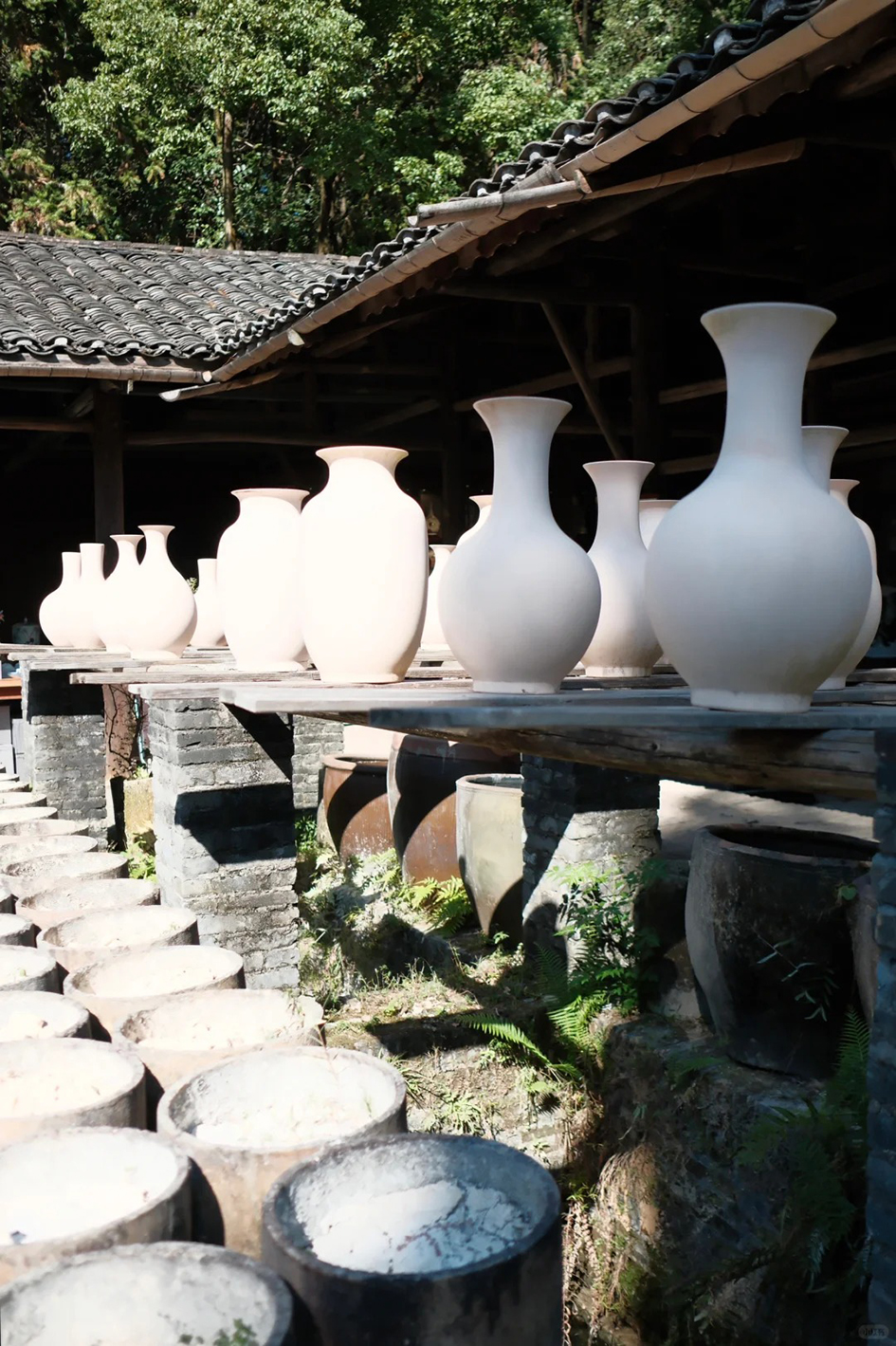
4.The "Addition and Subtraction" of Glaze
• Pottery is mostly unglazed or coated with low-temperature lead glaze (such as Tang Sancai), and the glaze surface is prone to peeling off. Porcelains must be coated with glaze (such as lime glaze, feldspar glaze) at high temperatures. The glaze fuses with the body at high temperatures to form a hard protective layer.
• Black Tech: The "accidental colouring" effect of Jun ware porcelains derives from copper and iron elements in the glaze reacting randomly at high temperatures, creating a fantastic effect of "one color when entering the kiln, ten thousand colors when coming out of the kiln."
5.The "Crossover Life" of Pottery
• In the field of art: Terracotta Warriors of Emperor Qin Shi Huang, Yixing purple sand teapots, and Tang Sancai camel figurines
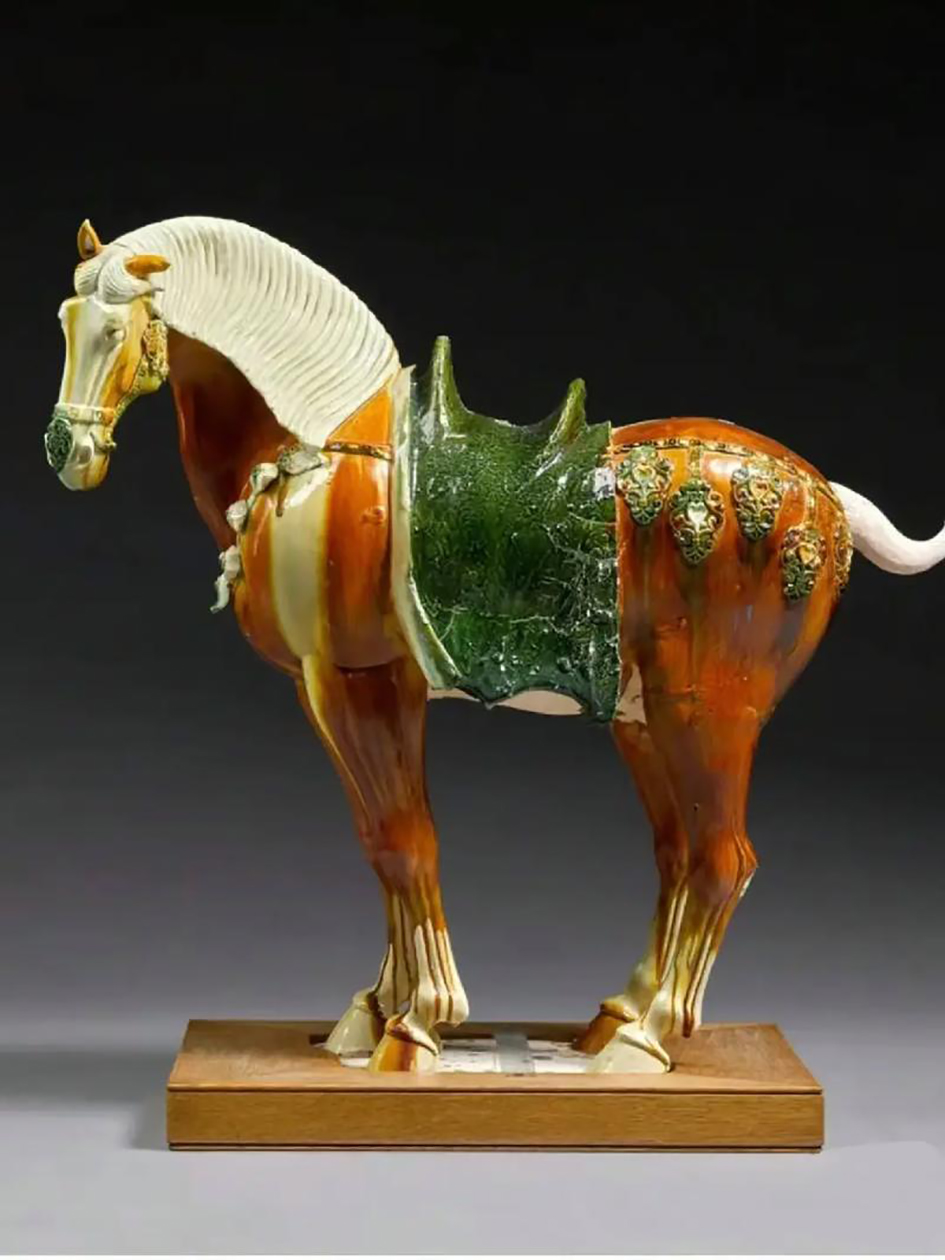
• In the field of architecture: glazed tiles of the Forbidden City and clay drainage pipes of Fujian Tulou
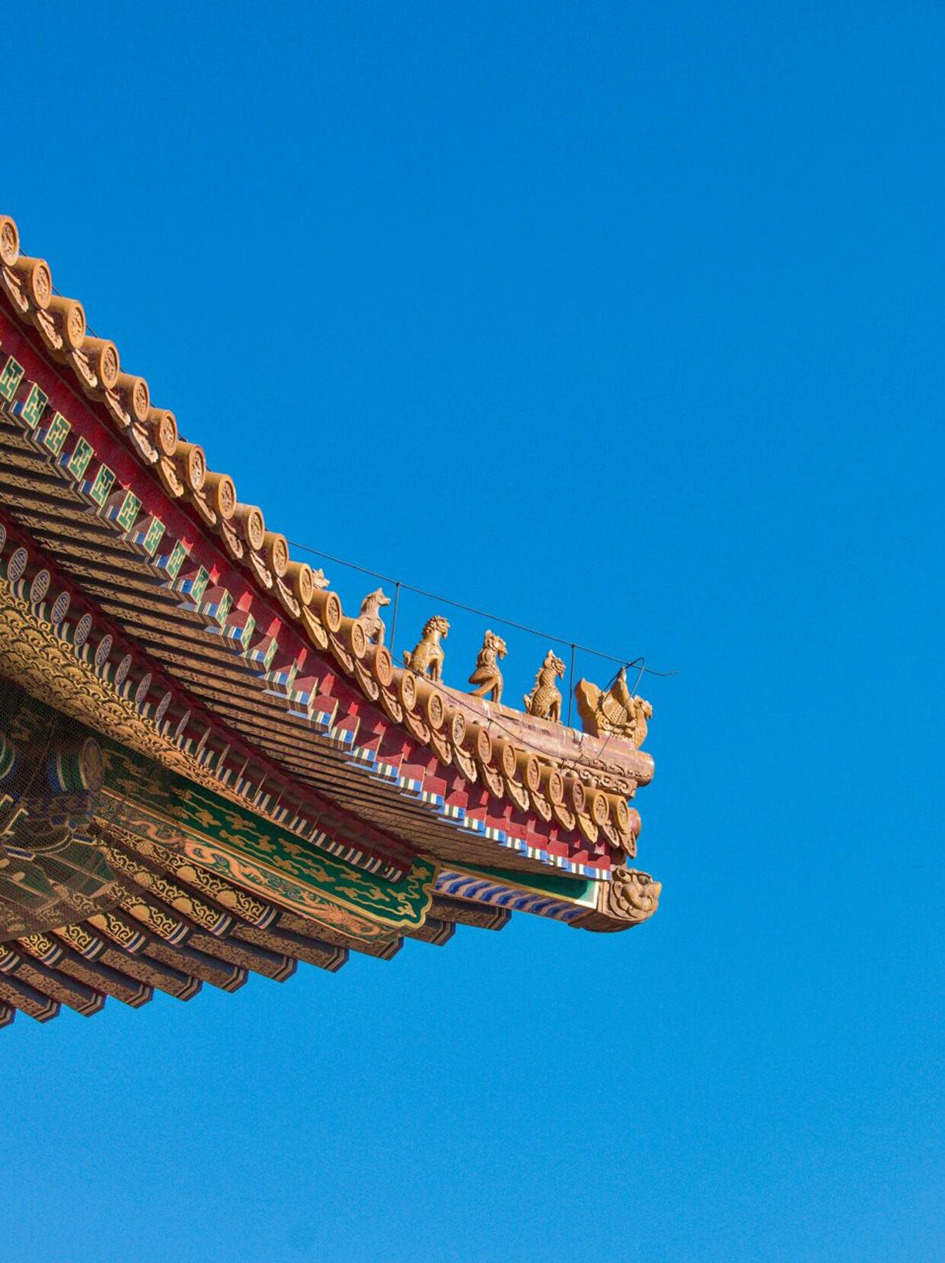
• In the field of technology: Porous ceramics are used for filtration and insulation, and modern ceramics have become the mainstay of public art (such as the ceramic sculptures Soaring and Ascending in Jingdezhen).
6. The "Magic Formula" from Clay to Treasure
• Pottery = Clay + Low-temperature Firing + Unglazed/Low-temperature Glaze
• Porcelains = Kaolin + High-temperature Firing + High-temperature Glaze
Epilogue
Pottery and porcelains are a dialogue between clay and fire, combining civilization with art. From the Neolithic pottery jars to modern ceramic installations in public art, ceramics have always been telling the story of human wisdom and creativity. Come to Changchun International Ceramics Gallery, and let the clay under your fingertips tell you: each piece of ceramic is a "time capsule" spanning thousands of years.
